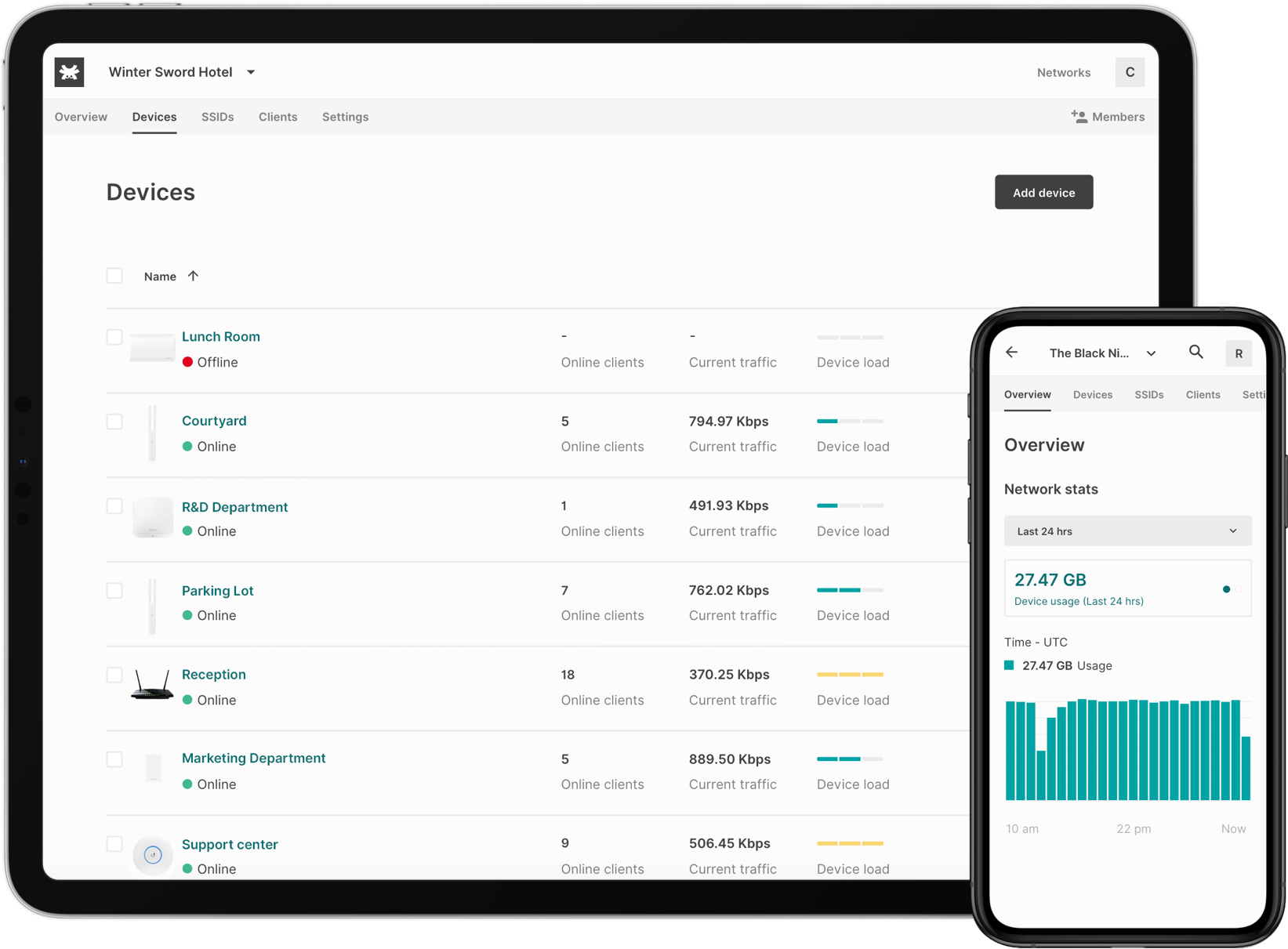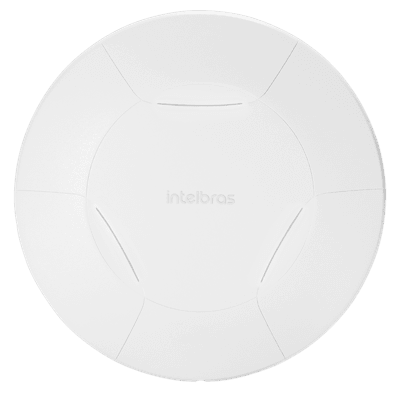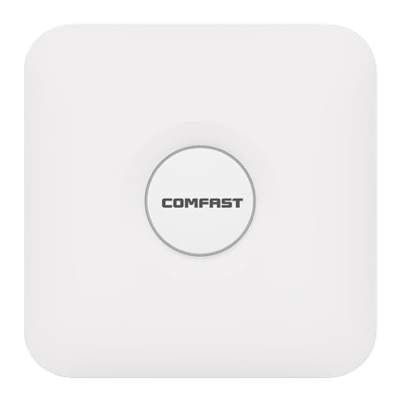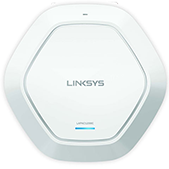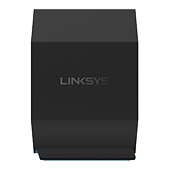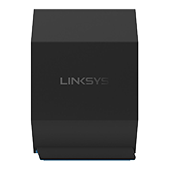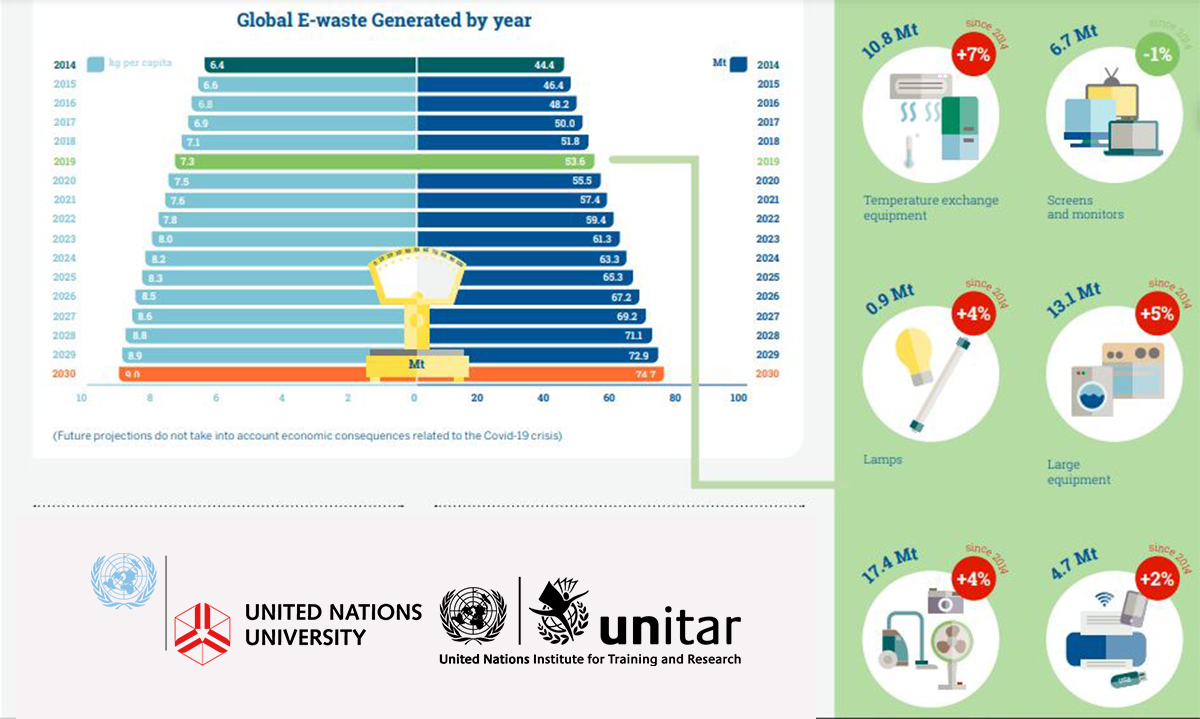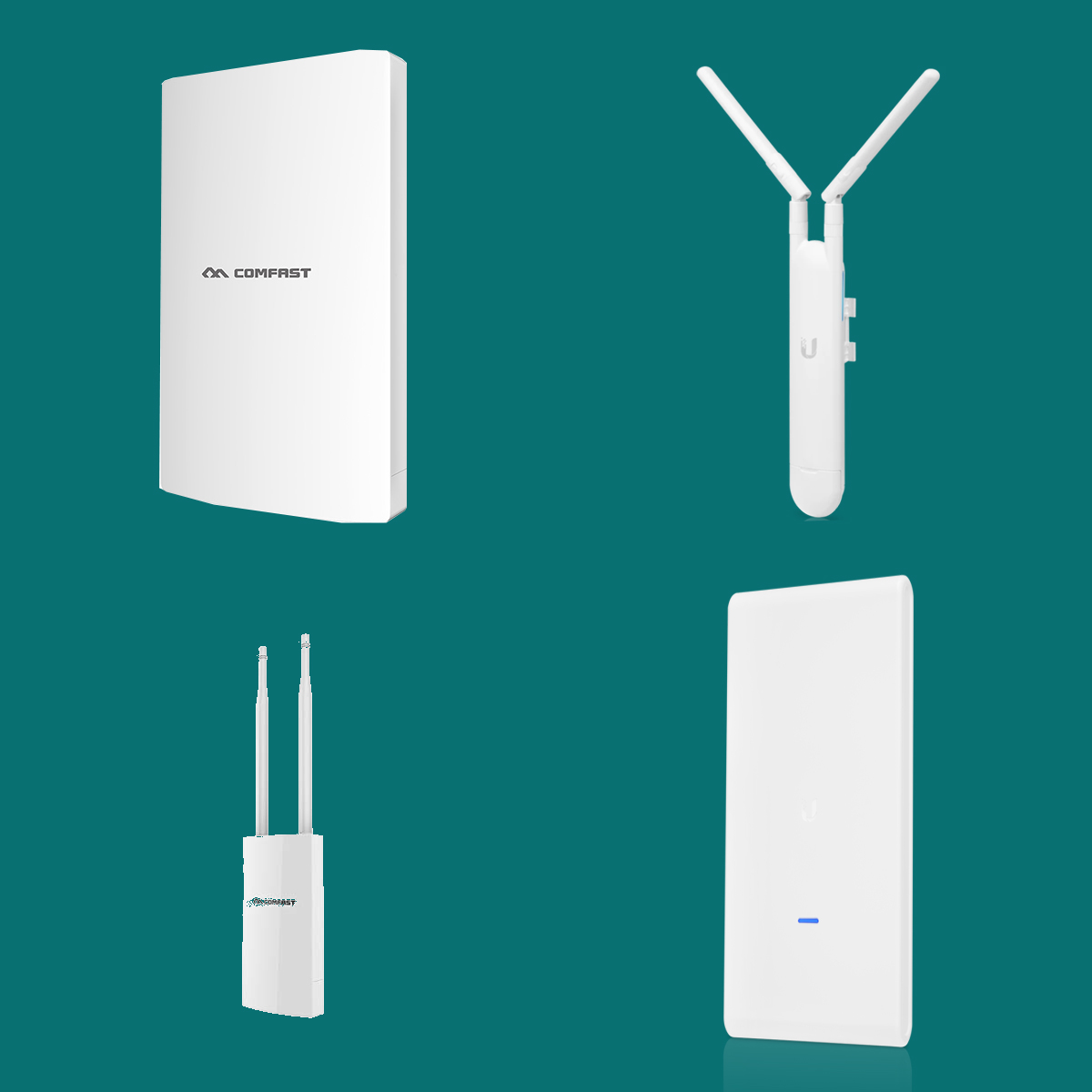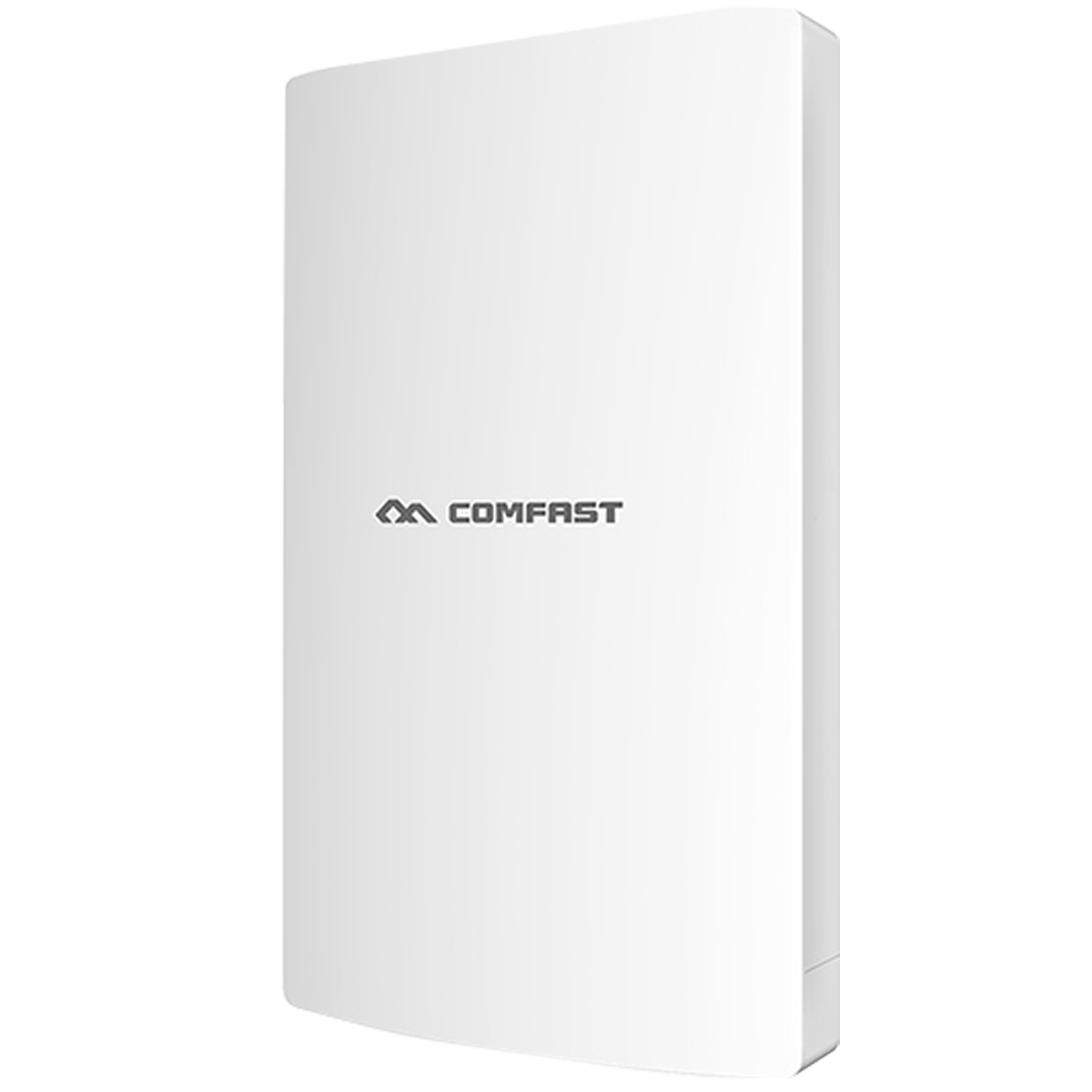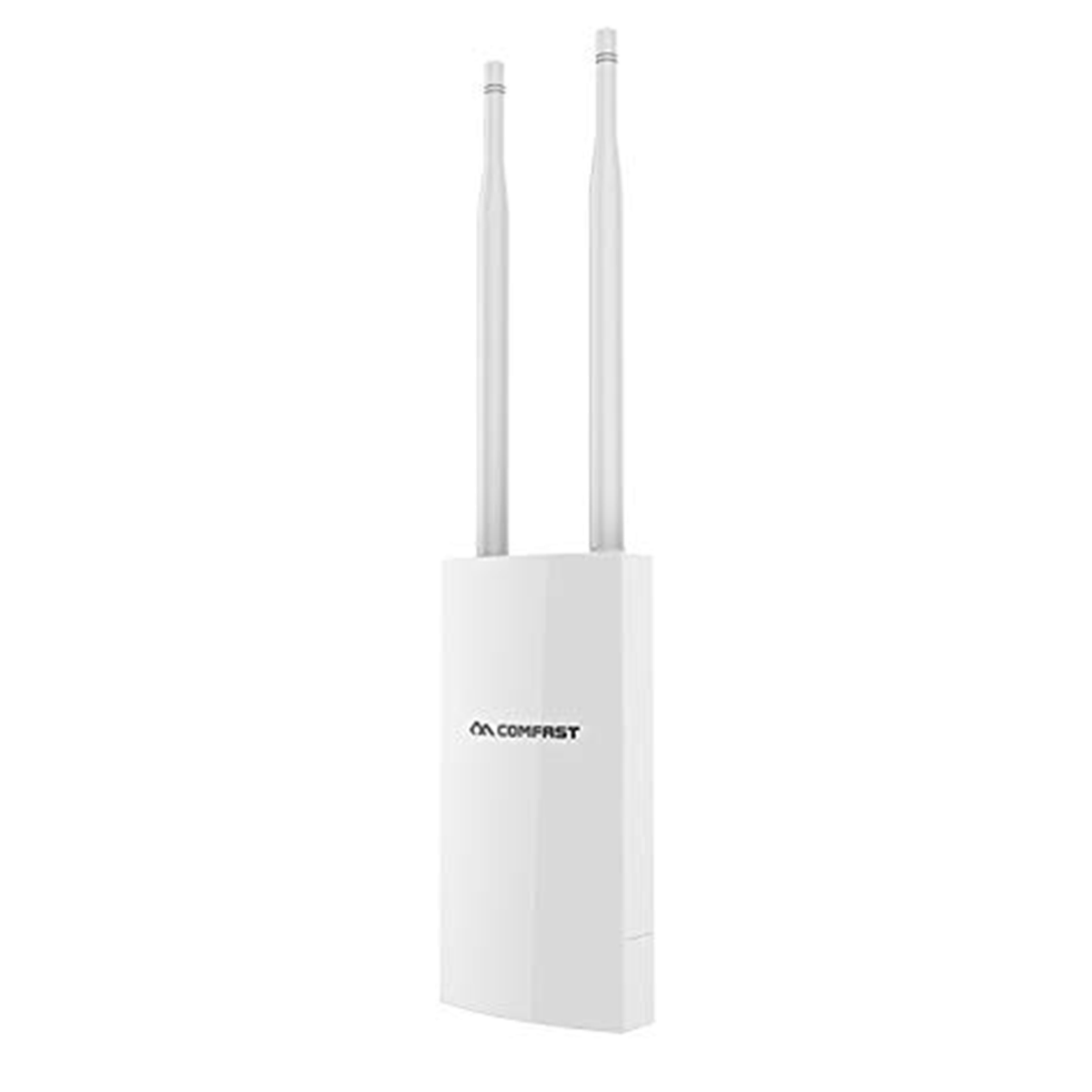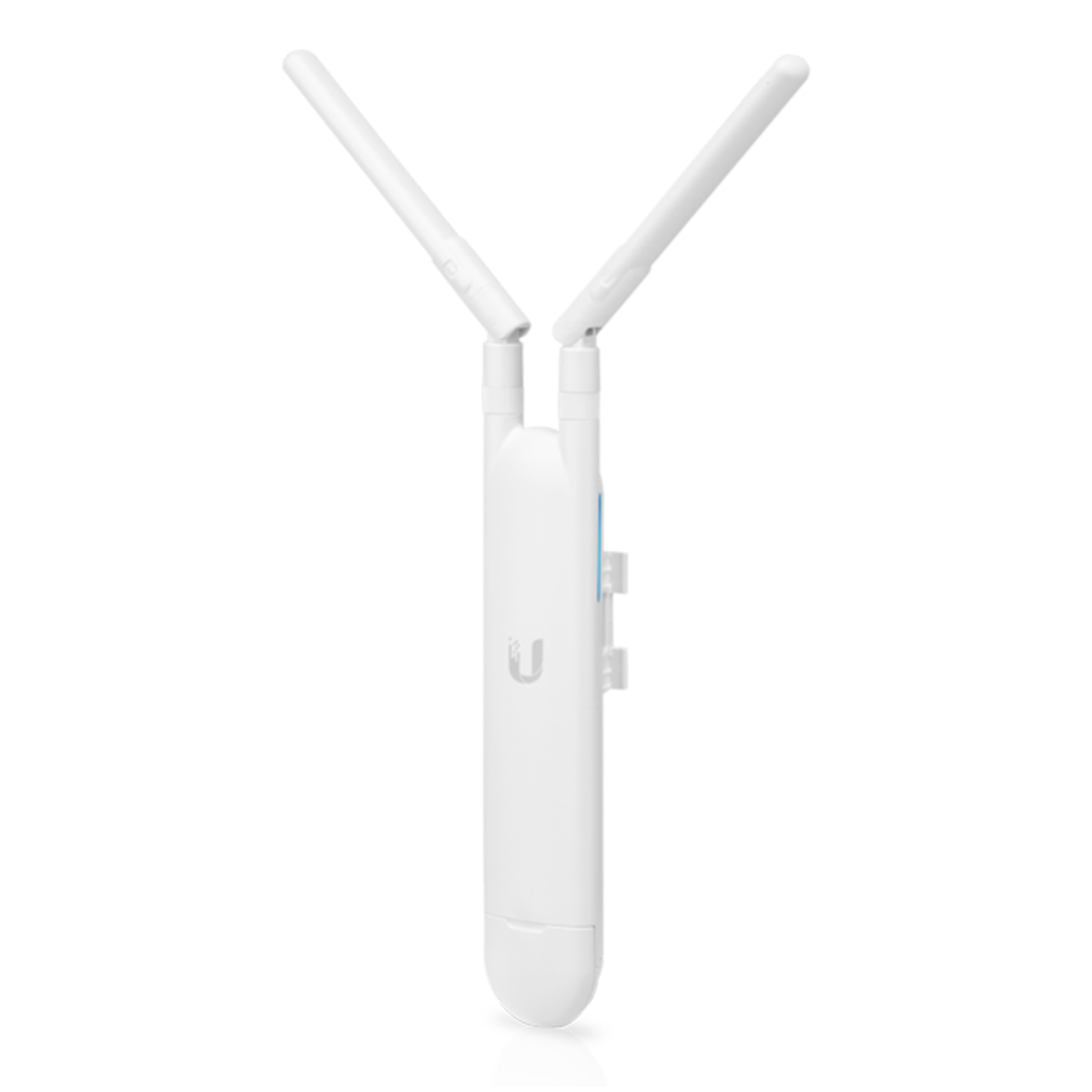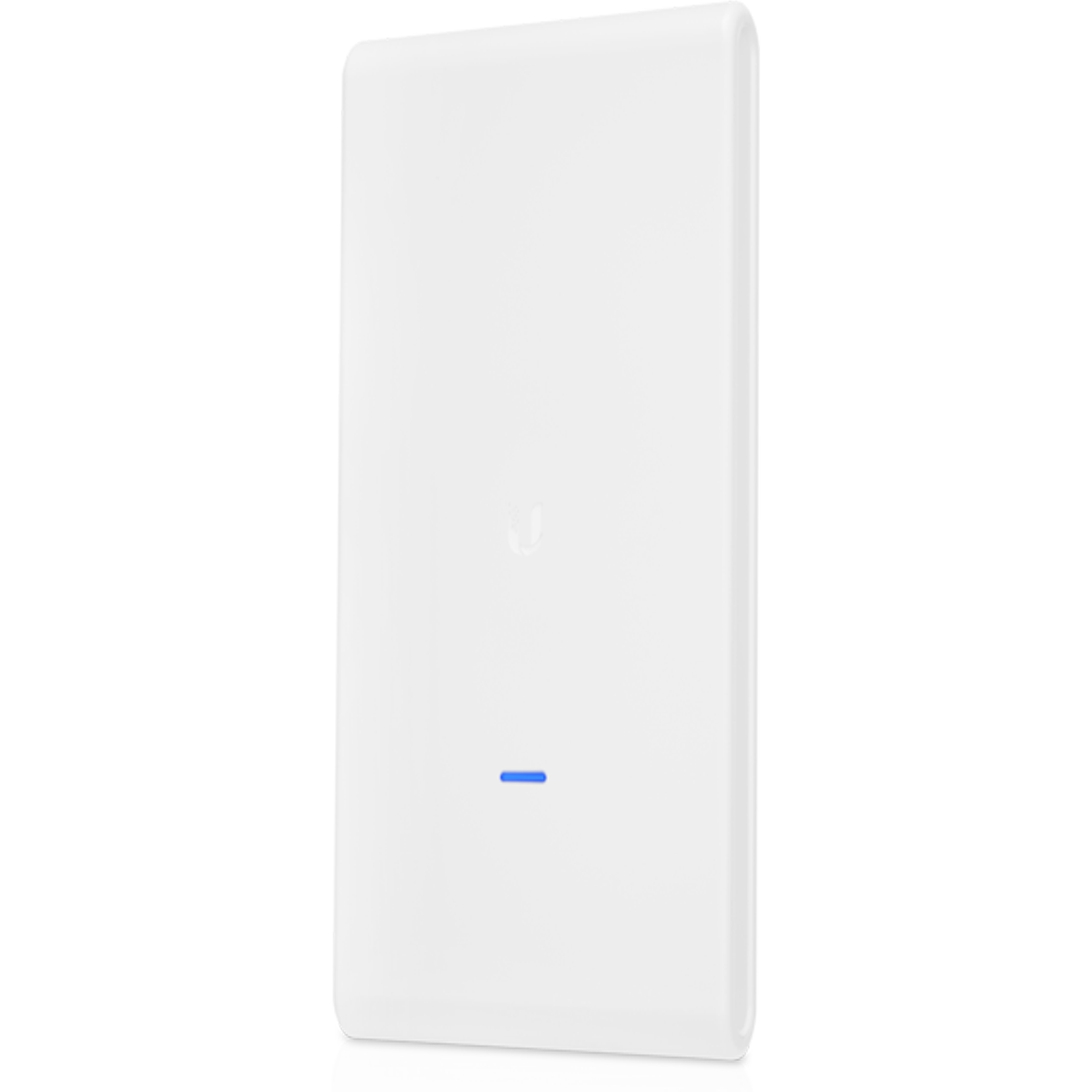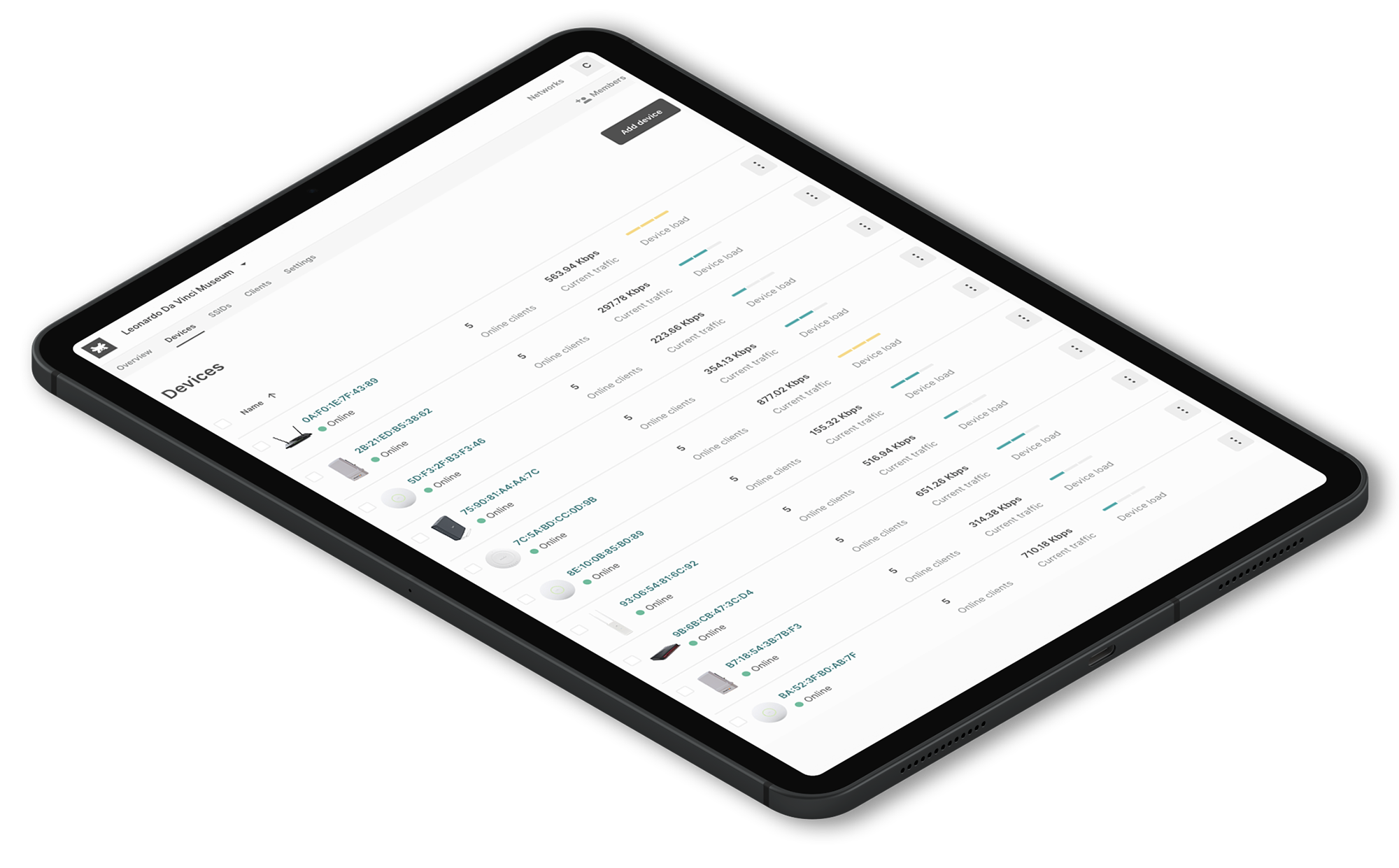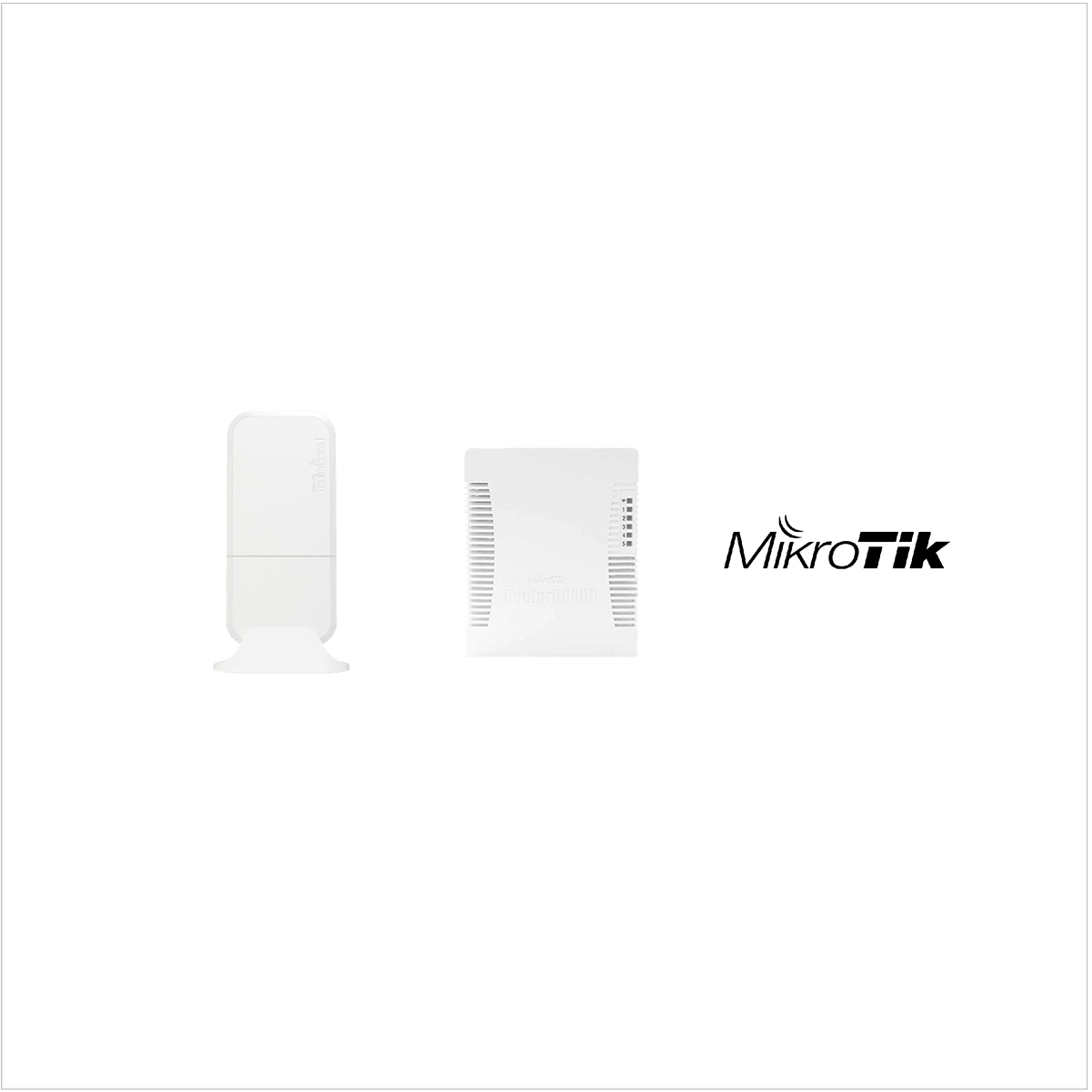WiFi Management Software Alternatives
There are several reasons to choose Tanaza Cloud Platform among the WiFi management software alternatives proposed by the WiFi cloud market in 2023.
Instead of creating a useless direct company-centric comparison with other solutions, we present in 15 points why Tanaza could be your next alternative for WiFi cloud management. With Tanaza you can:
1. Manage networks everywhere, at any time thanks to the infinite potential of WiFi cloud management.
2. Troubleshoot network issues in a unique all-in-one cloud solution thanks to an always-updated list of business network management, monitoring, and diagnostic tools.
3. Choose the best access points that work for your business needs. Don’t depend on mono-brand sellers: Tanaza is a vendor-agnostic solution.
4. Take advantage of zero-touch provisioning to configure networking devices efficiently and send them pre-configured to the customer’s premises for installation.
5. Integrate the Tanaza platform with third-party applications provided by official Tanaza Partners as Cloud4Wi, Classic Hotspot, and Social WiFi
Add-ons
Customize Tanaza with additional features

Fing
Network monitoring
Accurate identification of client devices connected to your networks.

Historical statistics
Network monitoring
Keep track of the status of devices and connected clients over time.

Voucher login
Hotspot
Manage user access through the use of voucher codes that limit duration and quota.
Third-party integrations
Connect Tanaza to your favorite apps

Classic Hotspot
Hotspot
An easy-to-use solution to manage and analyze free, paid, and advertisement-based hotspots from the cloud, developed by Tanaza.

Cloud4Wi
Hotspot
A cloud Wi-Fi solution with a tailored marketplace enabling next generation Wi-Fi services.
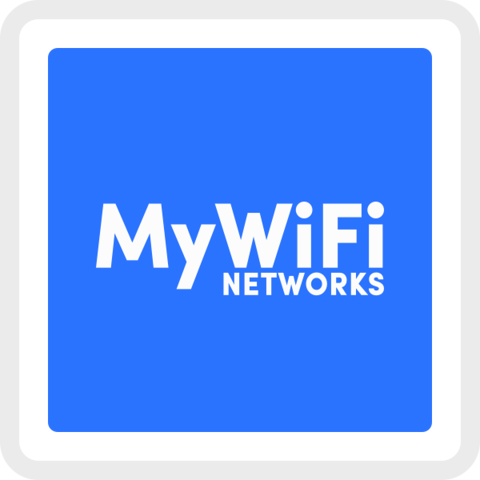
MyWiFi Networks
Hotspot
A guest Wi-Fi platform with social data capture, visitors metrics and marketing automation.

Social WiFi
Hotspot
A Wi-Fi marketing platform to connect, capture and keep more customers.

ADS4WiFi
Wi-Fi Advertising
A complete advertising management and campaign delivery platform to monetize guest Wi-Fi hotspots through targeted ADS.
6) Create WiFi splash pages without creative limitation. Explore splash page editor features. You can also configure external splash pages with multiple marketing services.
7) Obtain real-time and historical statistics about networks, clients, bandwidth, and APs. Experience 360° control of the most relevant networking parameters even if you are away from the office smart-working workstation. Tanaza cloud management is responsive and manageable from smartphones and tablets.
8) Save valuable time thanks to an innovative and easy access point configuration system. You need only to set up the MAC address of your devices and you have done: your network is ready to be managed. No code or hard technical skills are required.
9) Reduce CAPEX and OPEX costs by converting your networks into a high-performing ROI investment. Read more about how disaggregation can reduce CAPEX and OPEX costs.
10) Set up WiFi disconnection notification alerts when the network goes down or has some issues thanks to an efficient alert system that informs you every time an access point disconnects. Forget manual ping and VPN to check your network stat.
11) Fix patches, security vulnerabilities, and stability of your WiFi devices without external expensive interventions. You can update firmware remotely in a few seconds and at a network or organization level.
12) Forget unnecessary hardware controllers. Manage every aspect of the network directly in the cloud.
13) Easily migrate from other WiFi management software alternatives to Tanaza thanks to the auto-provisioning system and cloud configuration.
14) Count on formidable 360-degrees support. Our support team will answer you by 48/72 hrs.
15) Access a wide variety of educational materials and online troubleshooting support.





